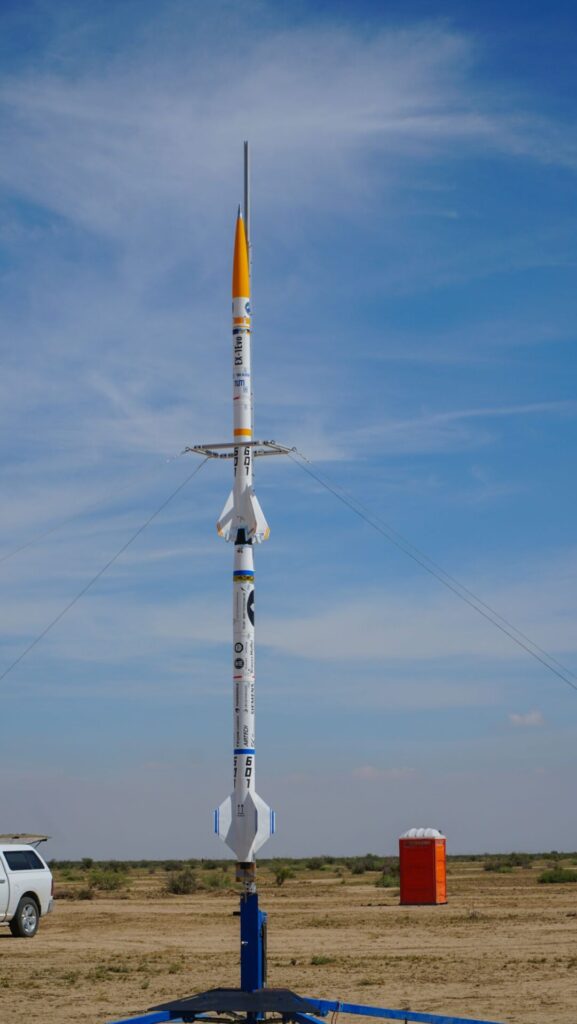1960
WARR is the scientific working group for rocketry and space flight that was founded in 1960. Through lectures and events it tried to compensate for the absence of an aerospace engineering chair at the TU Munich.
1962
The AGRR (Working Group for Rocket Technology and Space Travel) was founded by then student and now professor Robert Schmucker as a continuation of a student activity. The principles of this group were practical activity alongside studies and the independent production of components. The main focus was on measurement technology and smaller solid and liquid engines.
Since WARR is still a student group dedicated to practical work, this year is considered the founding year.
1964
W. Tuzinsky began activities related to hybrid missiles. After a long search for a suitable fuel, nitric acid was chosen as a liquid oxidizer and aminophenol/toluidine as a solid fuel. This project dealt with engine technology, fittings and valves. The combustion behavior of this then new technology was also examined.
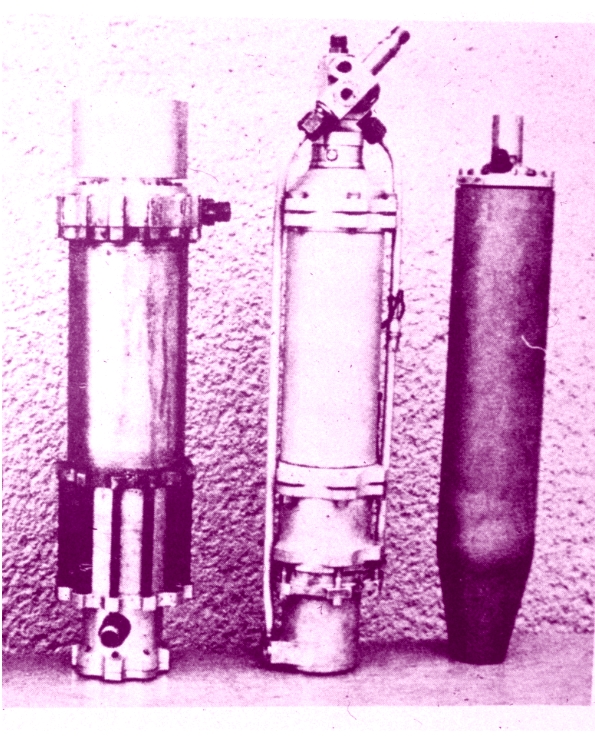
1966
Since it was found that the fundamental interests of the two working groups were the same and there were personnel problems, the AGRR and the WARR were merged.
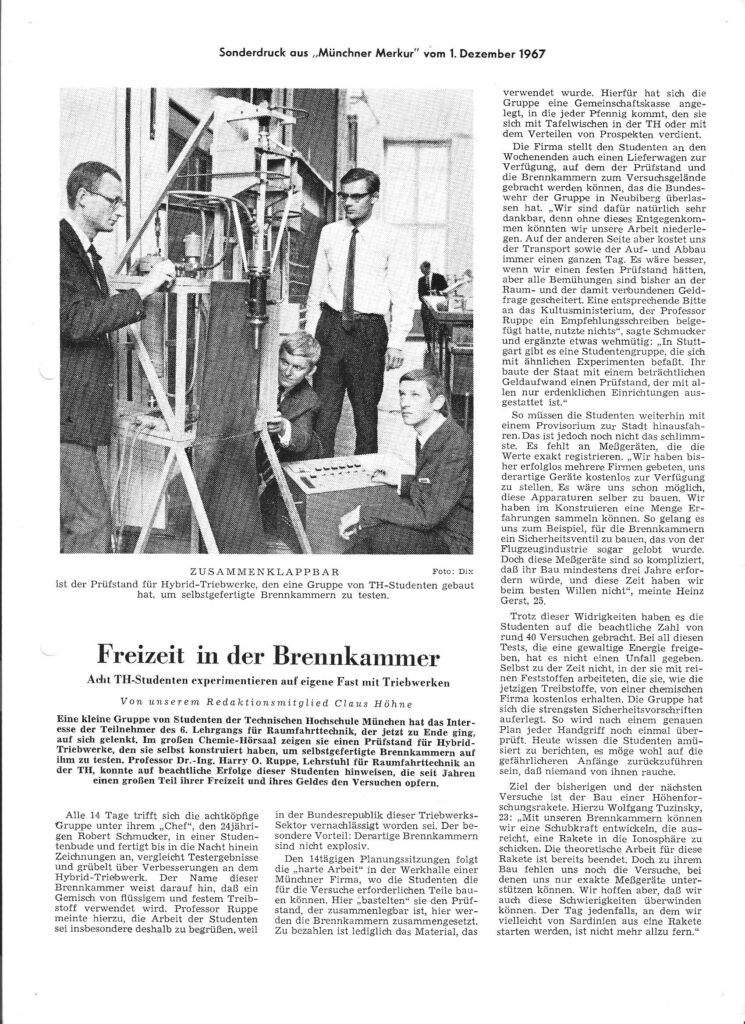
1974
One of WARR’s greatest successes is the construction and flight of the first German hybrid rocket “Barbarella” on March 12, 1974. The rocket can be viewed today in the German Museum in Munich.

1975
An ignition delay measuring system was developed to examine liquid fuels and their hypergolic ignition in more detail. Hypergolic propellants ignite when they come into contact with each other without an additional ignition mechanism. How quickly this intrinsic ignition occurs is an important criterion in fuel selection and engine development.
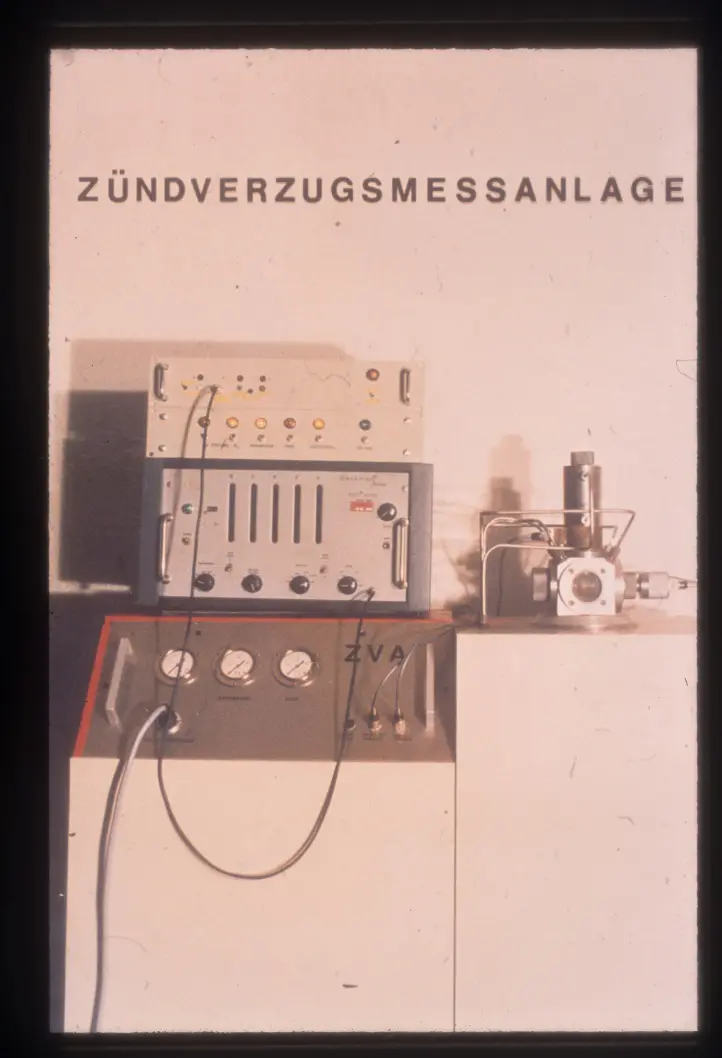
1975-1981
The first liquid engine LM 100 was developed. A test stand and a new injection head were also built for this purpose. Cooling was simplified by a thick-walled design (capacitive “cooling”) and a short burning time. The first burning attempts in 1976 were successful. Unfortunately, the burning tests at the beginning of the 80s were no longer as successful and showed poor combustion due to the heavy smoke they produced.
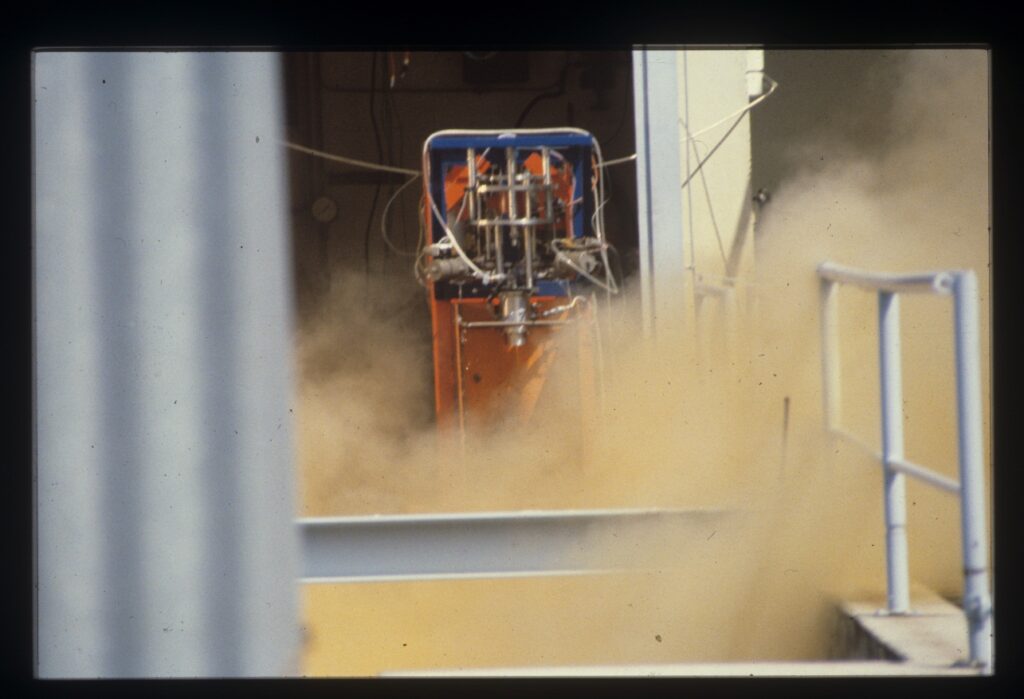
1982-1984
The next big project should use the findings from the LM 100 and develop a more powerful variant for rockets. The LM 500 engine was developed for this purpose with regenerative cooling, a new test bench as well as new measurement options. Various injection heads were examined. For this purpose, they were operated with water instead of the actual fuel. The decision was made to use a double cone process.
The combustion chamber was made of graphite and a thick-walled thick-walled nozzle (capacitive “cooling”). Burning tests were carried out in the summer of 1984.
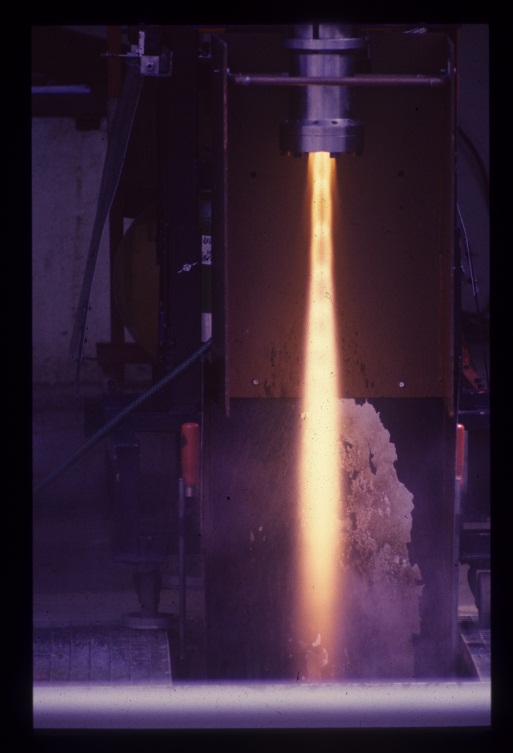
1983
However, UDMH and MMH ignite with N2O4. A burning test could be carried out with MBB (Cassidian).
In this year a scientific payload for the sounding rocket was built by OTRAG in Garching. OTUMAS (OTRAG TU-Munich Air Snapper) was supposed to take air samples from high altitude. This experiment was completely developed by WARR itself. The production took place together with the Technical University of Munich.
The payload functioned perfectly at launch on September 19, but the rocket crashed because a second payload was in use. Therefore, only the destroyed equipment could be recovered .
OTUMAS 2 was planned but never carried out because OTRAG did not launch another rocket.
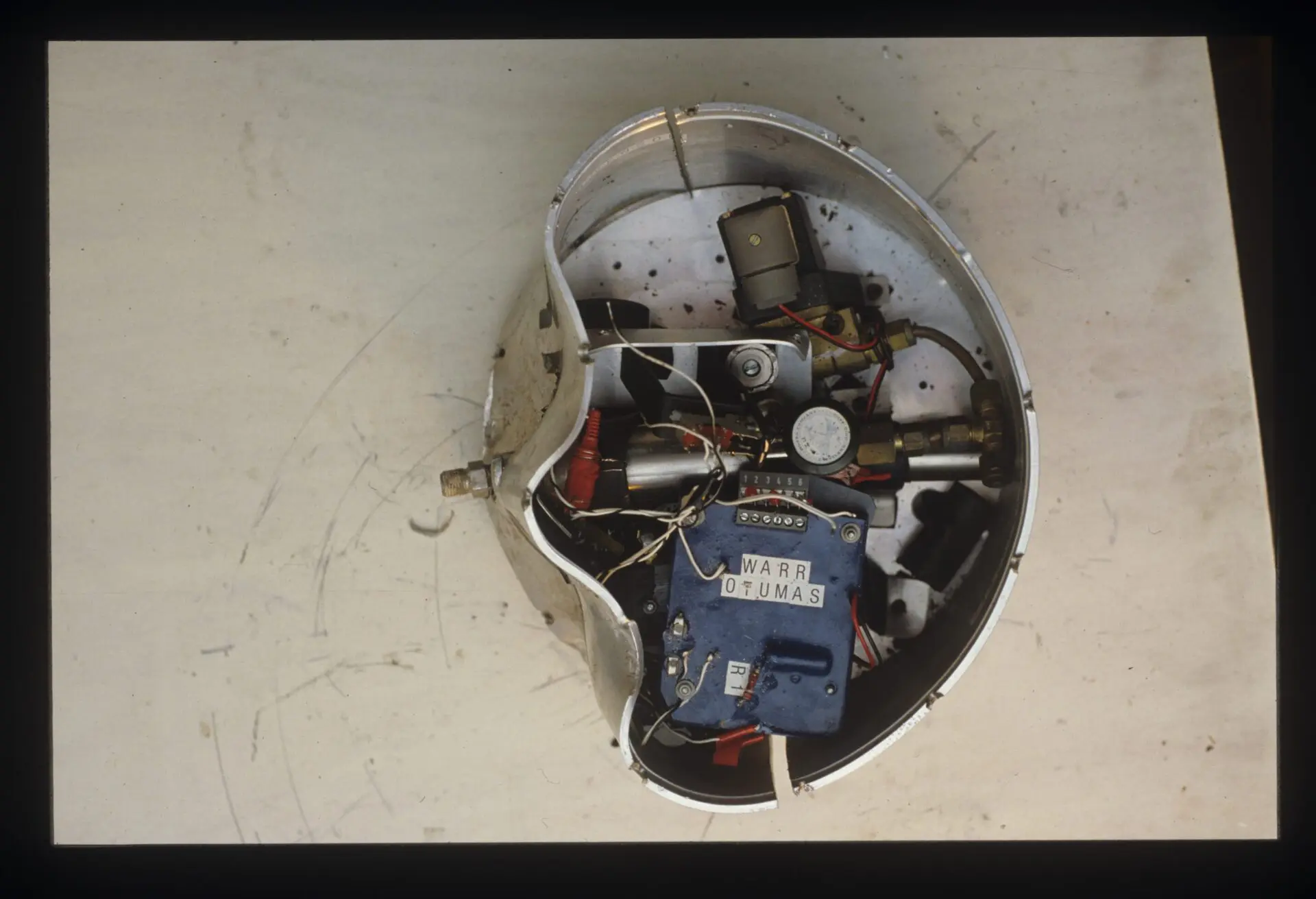
1985-1987
After the LM 500 project was successfully completed, the successor LM 1500 was developed. In addition to regenerative cooling, it also required new main valves and its own measurement technology. The test stand was also modularized so that you don’t always have to build a completely new test stand. Water tests were carried out again for calibration. Further measurements were carried out in parallel at DLR Lampoldshausen.
Burning tests in Lampoldshausen in 1987 resulted in 0.96 kg/s, pc ≈ 19 bar, ceff ≈ 1900 m/s, ɳ = 0.95%. However, the cooling of the engine was too good, so the HNO3 was not warm enough. In addition, the engine was too heavy for real use.
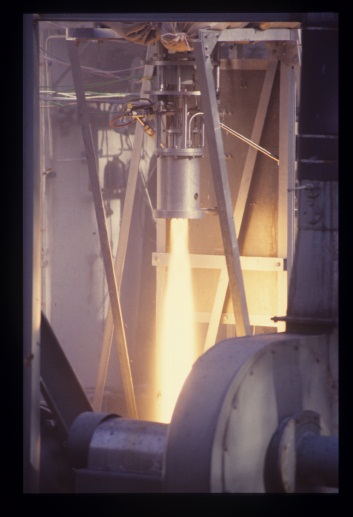
1985-1995
Next, a sounding rocket HARRY1 was conceptualized, designed and constructed. Such a rocket goes beyond engine development and was a challenging goal. It should carry a payload of 5kg to an altitude of 30km. Red-smoking nitric acid with furfuryl alcohol, approx. 0.7 kg/s, was used as fuel. With a length of 4.5m and a take-off weight of 80kg, the engine, tank system and aerodynamics had to be taken into account.
The first combustion tests of the engines for the HARRY1 were carried out in Lampoldshausen in April 1987.
In 1985, a comprehensive computer program for design analysis was developed: ROCKSIM.
An IBM computer for connection to the Leibniz data center was purchased in 1987 to speed up the simulation. The structures were modeled with finite elements as early as 1988. The program was also converted to UNIX. In 1992 ROCKSIM was completely rewritten in C++.
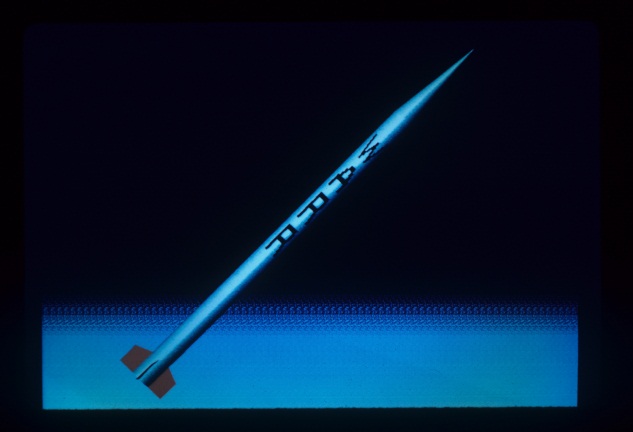
1988-1990
As engine development continued, the LM 1500 concept was improved by building the film-cooled LM 1500 FC. Initial testing was carried out with FA & N2O4. Kerosene and N2O4 were then planned for the main run. For this purpose, the test bench measurement technology was significantly expanded with 60 temperature sensors on the engine alone.
The thin-walled, film-cooled engine was designed and built with a parabolic nozzle. The burning tests were prepared and carried out in Lampoldshausen in 1989 and 1990.
Since there was virtually no ignition in 1989, the injection head was improved. However, this could not improve the measurement result because the mixture had an ignition time that was too long.
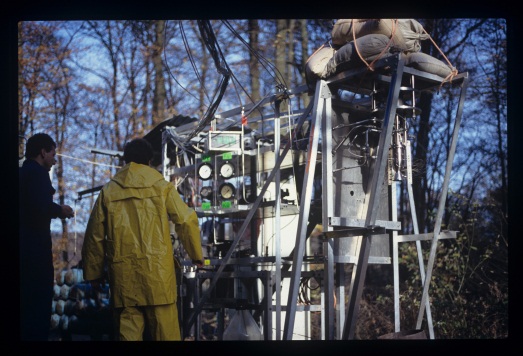
1990-1993
The LM 1500 series got a new variant with the LM 1500 CC, which was developed for ignition tests with MMH and N2O4.
As part of this project, numerous new injection heads were developed. In 1990 the first ignition attempts were made with FA and N2O4 after the campaign with LM 1500 FC was unsuccessful. However, here too only one of 14 burning attempts was successful. Unfortunately, it was only later that a thesis from the 1960s was found that showed that FAs do not ignite with N2O4 because only small amounts of water allow N2O4 to react to form HNO3.
However, UDMH and MMH ignite with N2O4. A burning test could be carried out with MBB (Cassidian).
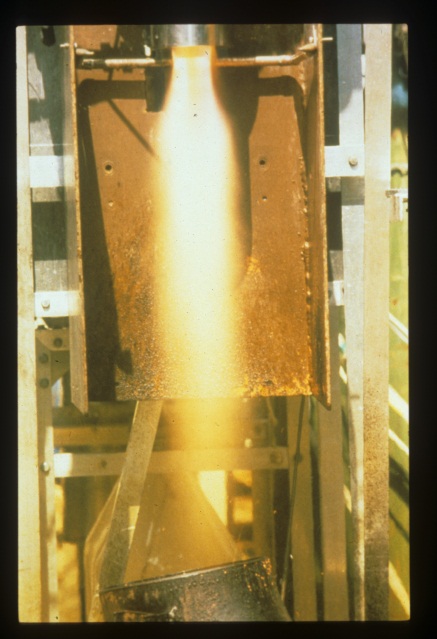
1993-1995
It was decided to completely restart the fuel and rocket projects. The test bench was rebuilt and various fuel mixtures were weighed. External ignition with ammonia or propane and nitrous oxide was also discussed. With the move of the LRT to Garching, the question arose about the space for the WARR. They had to look for a new test site and found Grafenwöhr.
1997-2002
In 1997, a prototype of a G-Sim suit was developed together with the DGLR for the annual conference. A second prototype was developed in 2000 and was tested on the SMOFEX parabolic flight in 2001. The third prototype was tested during the M-Grace parabolic flight in 2002.
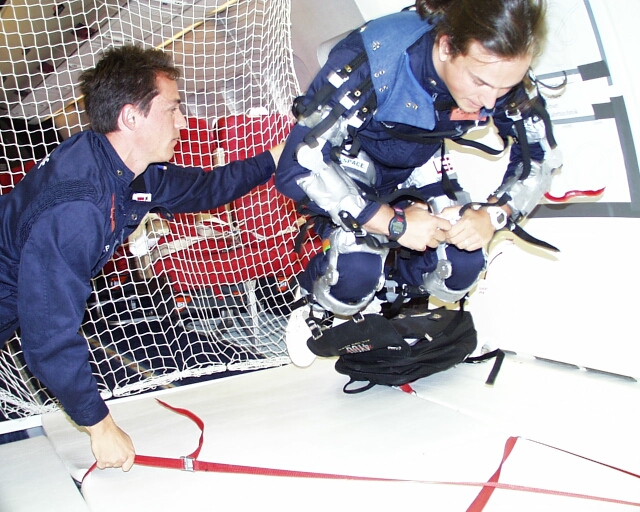
2003
After a long search, we found a home again at the LRT chair and got our own office. In addition, renewed cooperation was decided at the Aerospace Congress in Munich. The Adler I (A Development of a Liquid Engine Rocket) project aimed to demonstrate the feasibility of a liquid-powered rocket with limited financial resources.
The project was divided into several development phases and several different teams were formed within the student group.
Approximately 80% of the financial resources were earmarked for the drive.
In the case of the Adler I, the oxidizer mass was defined as a fixed parameter because, for cost reasons, a standard CFRP tank should have been used. The payload for the first mission was a recovery system and a GPS transmitter.

2004-2009
After having worked together several times, WARR decided in 2004 to appear together with the DGLR with a joint stand at the ILA in Berlin.
With the launch of the WARR-EX1 in 2005, the design of a test rocket that could be built quickly was verified. Further engine tests were carried out in 2006 together with the Bundeswehr University. In addition, the model rocket workshop for students in their first semester was held for the first time this year. Here, different student teams compete against each other with small model rockets.
With the year 2007 a new team and a new subject area were added. The Space Elevator Team designs and builds space elevators. This is just a concept at the moment, as a realistically sized lift cannot be implemented due to the weight of the rope required. However, there is still a large community for it, especially in Japan. The WARR also took part in a space elevator competition there in 2009.
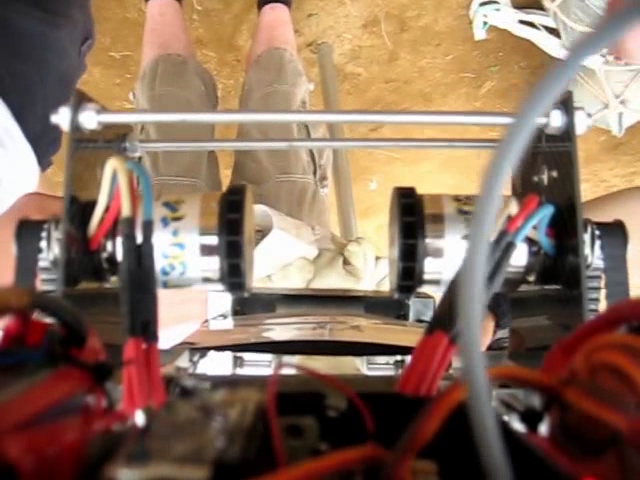
2010-2012
WARR ushered in the new decade with the launch of the xM1 in 2010. The Space Elevator Team also carried out the first European Space Elevator competition EuSpEC, following on from the competitions in Japan.
The Chair of Space Engineering launched the first Cubesat satellite called First-Move in 2011. A year later, the MOVE-II project emerged from the students and doctoral students, expandning WARR projects with satellite technology. We were also able to celebrate 50-year anniversary. We crowned 2012 with the launch of the XM-2 rocket.
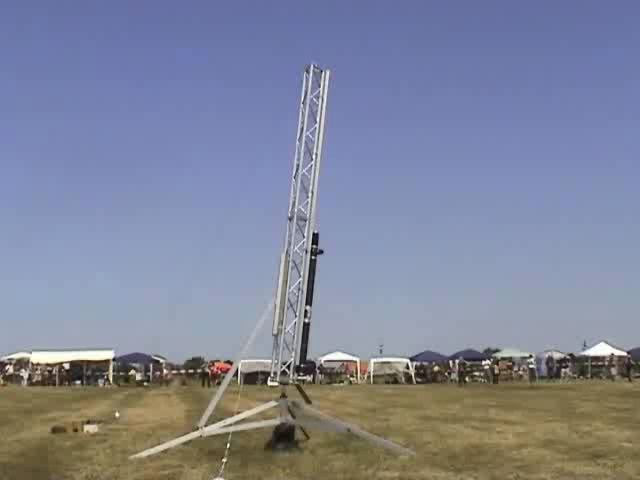
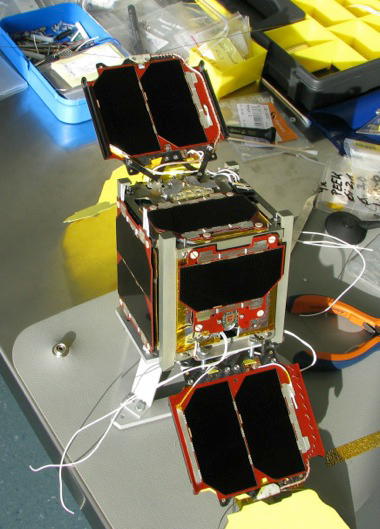
2013-2017
After the successful launches of the last few years, rocket technology decided on a new project in 2013: Cryosphere. The Hy500 demonstrator cryogenic engine was ready in 2014 and the WARR-EX2 rocket was launched in 2015. They also continued to develop engines and built the Hyper2 Subscale Cryogenic Engine. The efforts culminated with the hot fire burning test of the so-called Battleship in Lampoldshausen. A full-scale engine was tested here within the STERN project.
In addition, another team was founded within WARR in 2013: Interstellar Flight. This deals with interstellar flight in general and with manned interstellar flight in particular.
At the beginning of May 2013, the WARR Interstellar Flight Ghost Team took part in the Project Icarus Concept Design Competition. The team presented their concept at the British Interplanetary Society in October 2013 and was awarded the best design among the four international teams. In October 2014, the Interstellar Flight Team began work on a laser sail-powered interstellar spacecraft for the Initiative for Interstellar Studies (I4IS) Project Dragonfly Design Competition. In this competition, too, the WARR team’s design prevailed against international competition.
Since the competition was discontinued and they did not have the financial resources to build their own hardware, the activities of the Interstellar Flight Team were discontinued at the end of 2014.
On April 20, 2015, WARR officially became a non-profit association WARR e.V..
In 2015 we also welcomed a new team: Hyperloop. This team is one of the best known to the public. Hyperloop is a high-speed transport system in which capsules move on cushions of air in a largely evacuated tube at almost the speed of sound. Entrepreneur Elon Musk presented the idea in August 2013. He also called for design competitions for this project for the first time in 2017. With our team we were able to take first place in the fastest pod ranking in January and August 2017.
Meanwhile, satellite technology was working on its first Cubesat MOVE-II. In order to test some components in advance under space-like conditions, we launched a high-altitude balloon filled with helium in September 2017 under the name MOVE-ON Hydrogen.

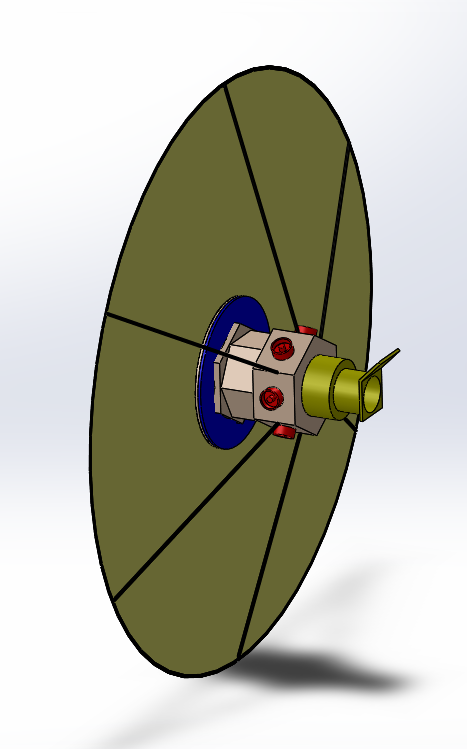
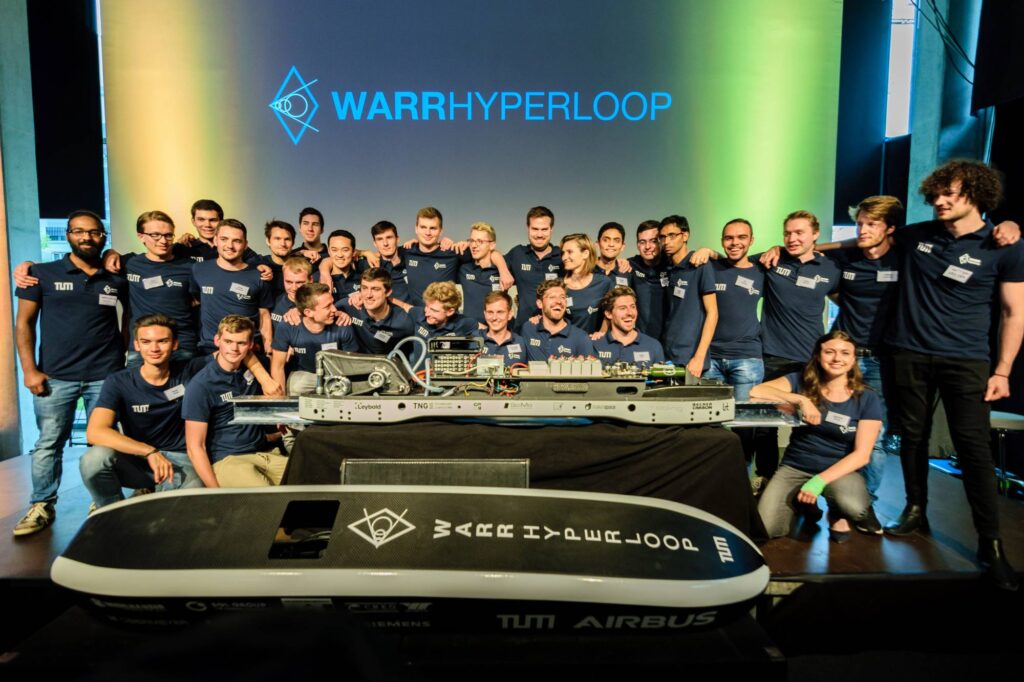
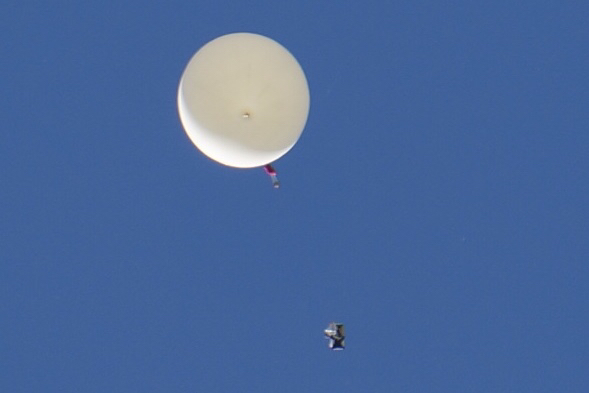
2018-2019
In 2018 we welcomed a new team: Exploration. The Exploration Team develops and builds Mars Rovers. With these we will compete in the European Mars Rover Challenge in Poland. The big goal is a real rover on Mars.
For this, we gave up an old team: Due to its size, Hyperloop now works as its own name under the association Next Prototypes e.V..
In 2019 we were also able to celebrate a major milestone with rocket technology. The fluid system of the WARR-EX3 was completely tested with an impressive cold flow test.
After its long development, our MOVE-II satellite launched into Low Earth Orbit in December 2018 with a SpaceX Falcon 9 rocket. Shortly afterwards we also had the opportunity to build MOVE-IIb. This is basically a clone of MOVE-II. It was successfully placed into orbit with a Soyus rocket in July 2019.
The MOVE-BEYOND project was also launched in the summer of 2019. Now that two satellites are in orbit, we want to put our experience into our own modular Cubsat platform.
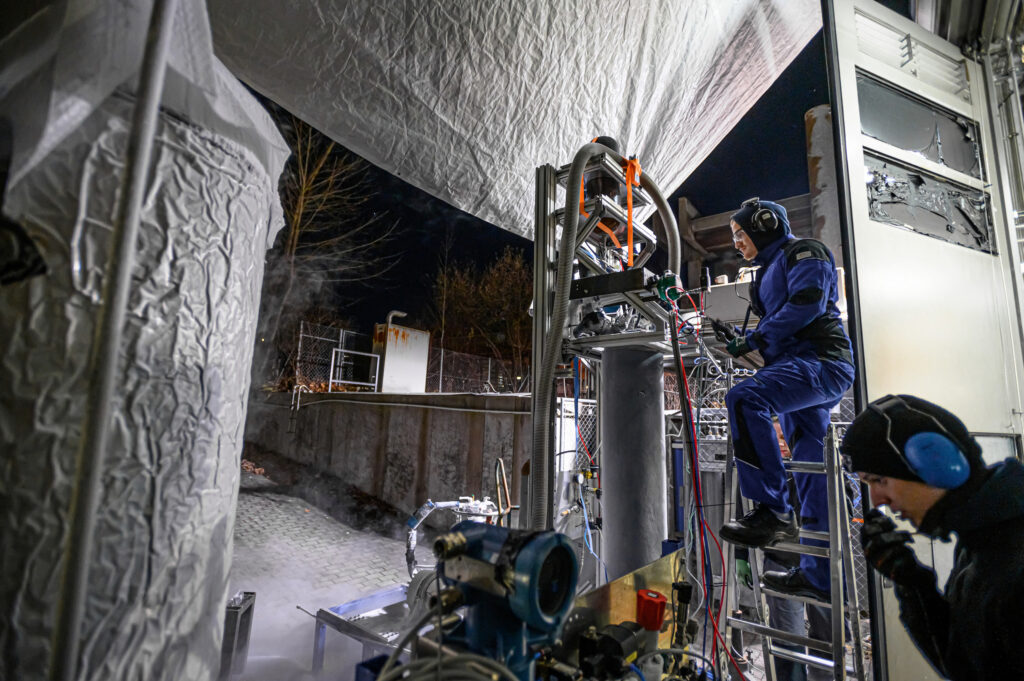
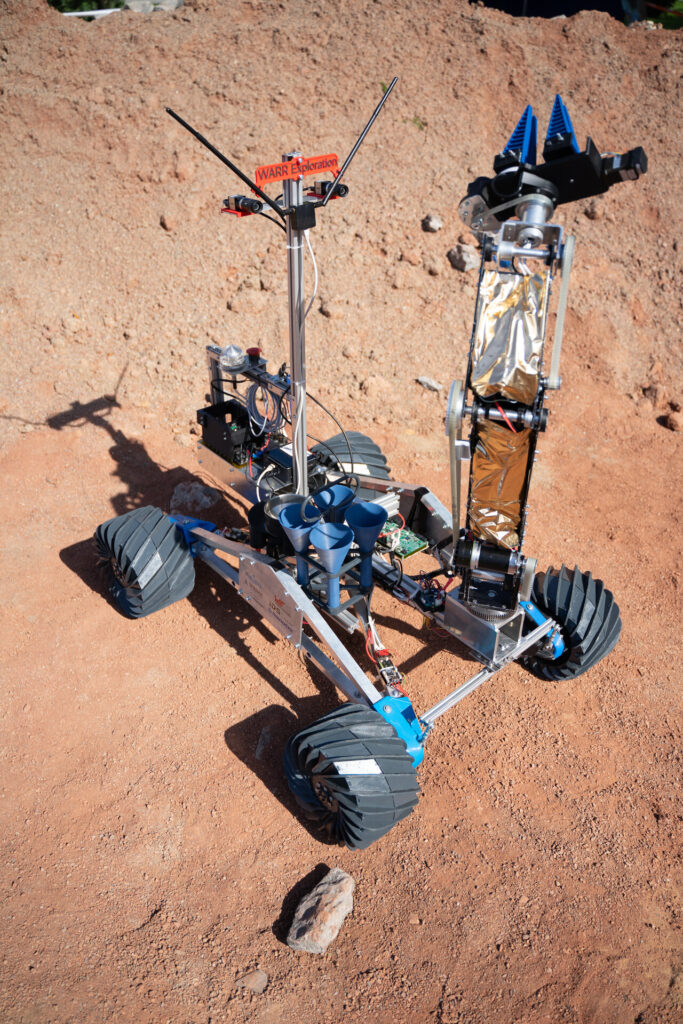
2020
2020 not only marks the start of a new decade but also the start of a new team at WARR. The Space Labs team is developing and building an autonomous laboratory unit that will enable experiments in microgravity on the ISS.
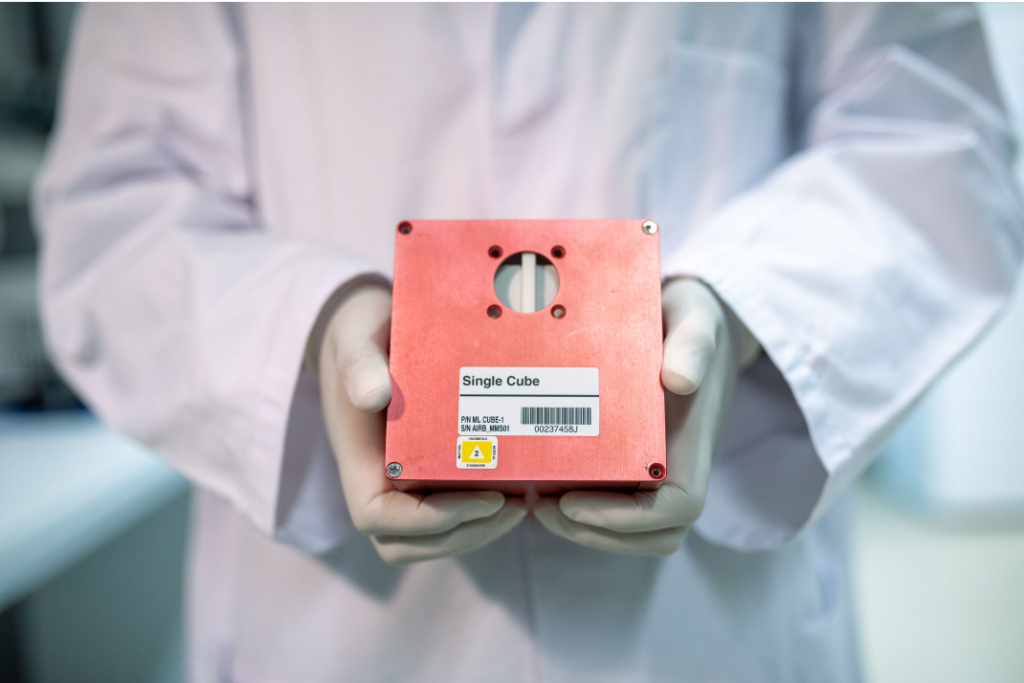
July 2023
On 15 July 2023, WARR Rocketry reached the conclusion of Project Cryosphere with the launch of the WARR EX-3. Standing over 5 m tall and powered by a cryogenic LOx/HTPB hybrid engine, the rocket has reached 12km of apogee. Its development spanned a decade of work, hot fire campaigns at DLR Lampoldshausen and Trauen, and extensive cold flow testing in Garching
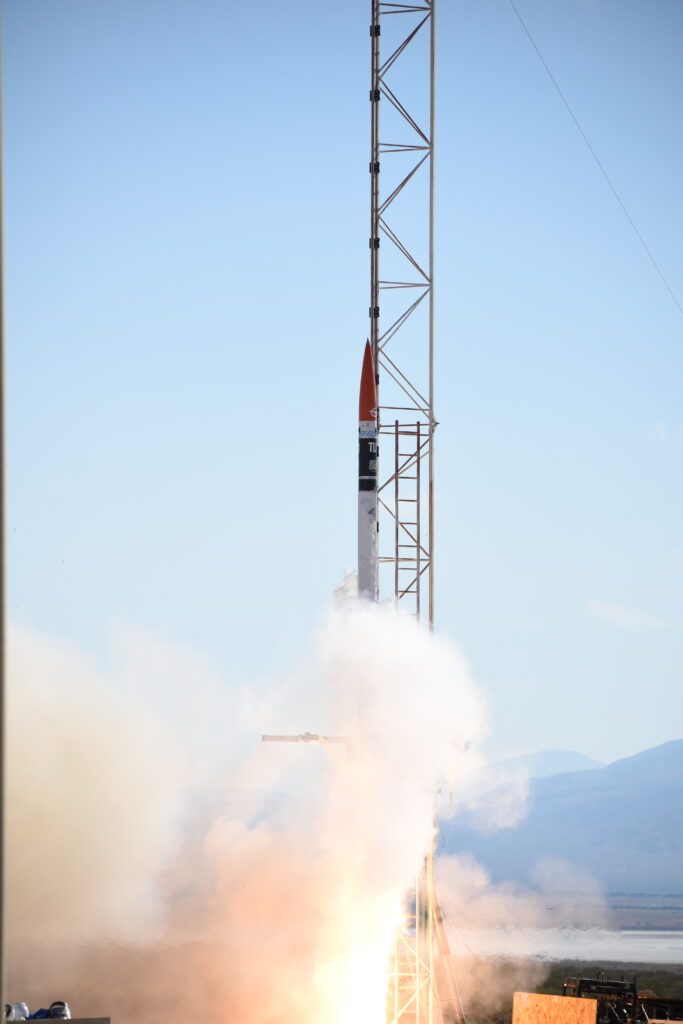
June 2024
On 20 June 2024, Project WESP achieved a successful launch and recovery of the two-stage EX-1E at the Spaceport America Cup. Originally conceived as a small platform to test subsystems, WESP has since evolved into an ambitious solid-propellant program exploring supersonic flight and staging.
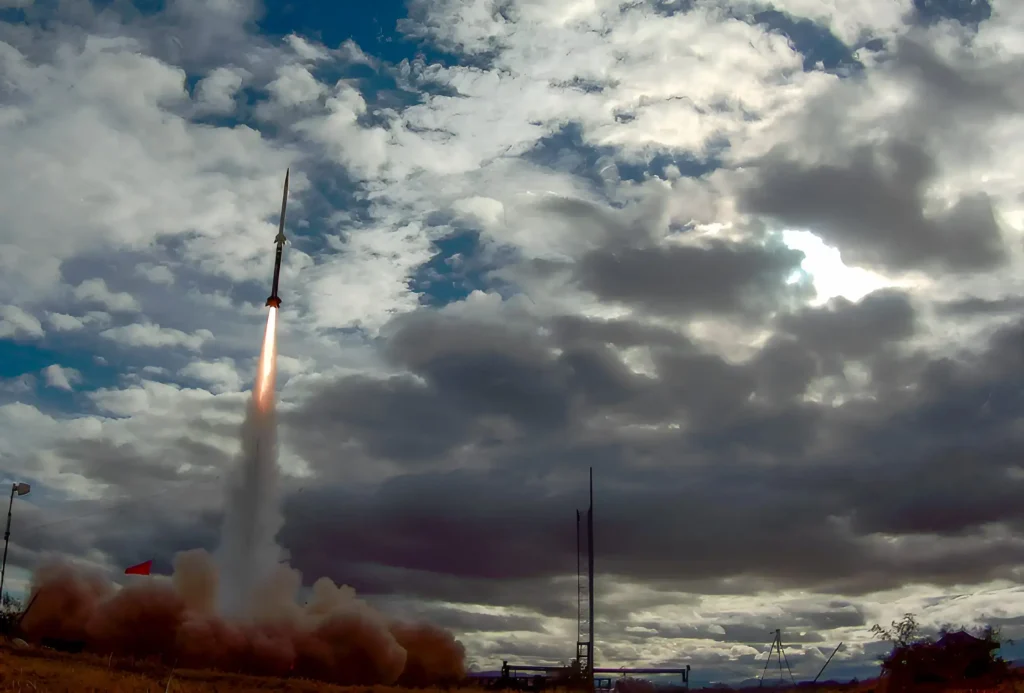
October 2024
On 13 October 2024, Project Nixus marks the first launch of a cryogenic bi-liquid rocket in European student rocketry. Our EX-4B vehicle reached an apogee of 1678 m at the European Rocketry Challenge, earning both the L3 award for best liquid rocket and the Team award, while our partners SpaceLabs won the Payload award.
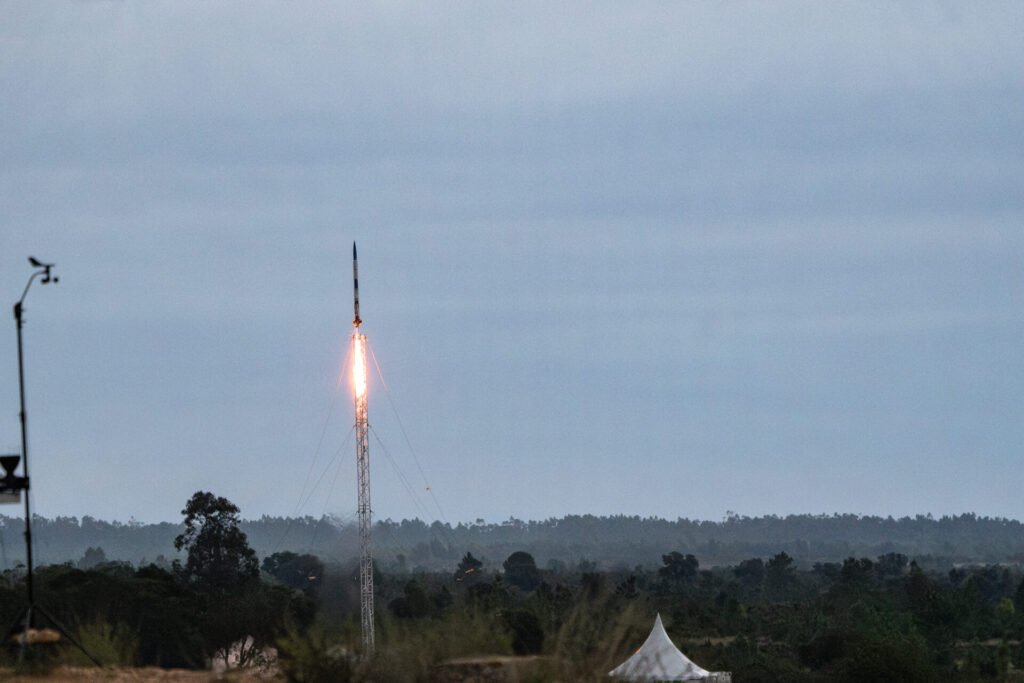
2024
In 2024, WARR Rocketry founded the Retrofire Team to develop our first rocket hopper for autonomous propulsive landing. The team is preparing to compete in the Collegiate Propulsive Lander Challenge, validating engine throttling, thrust-vector control and advanced flight software with the full-scale hopper and a scaled electric prototype for rapid control testing. Retrofire both trains students across disciplines and provides control and reusable-rocket know-how that will feed into WARR’s broader projects.
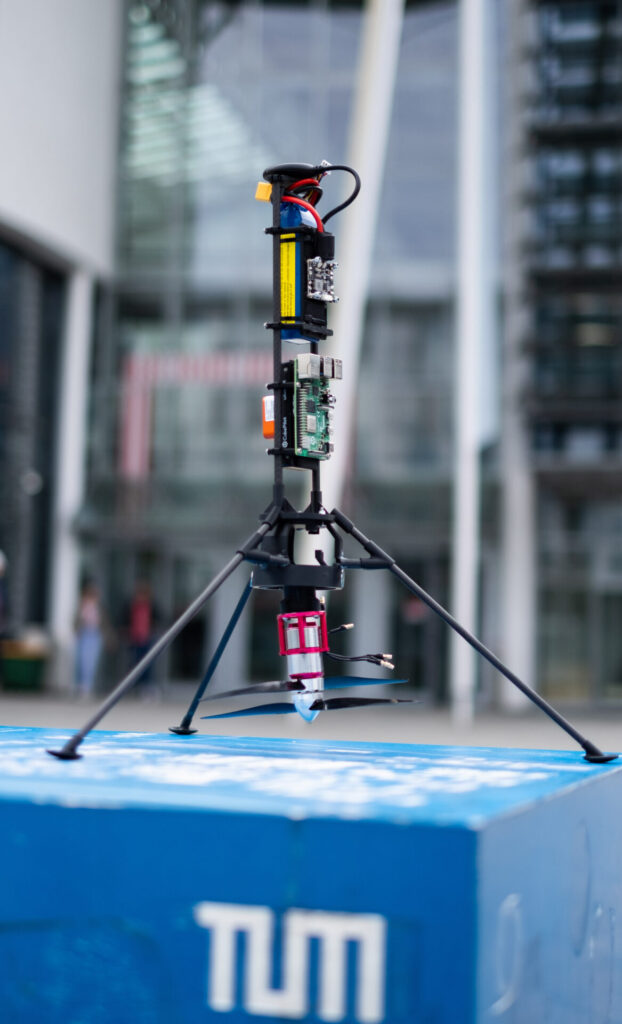
June 2025
On 11 June 2025, Project WESP flew the two-stage EX-1Evo at the International Rocket Engineering Competition (IREC) in New Mexico. The booster performed nominally with clean separation and recovery, while the sustainer pushed the rocket to Mach 2.5 and 6.4 km before a structural issue ended the flight early.
